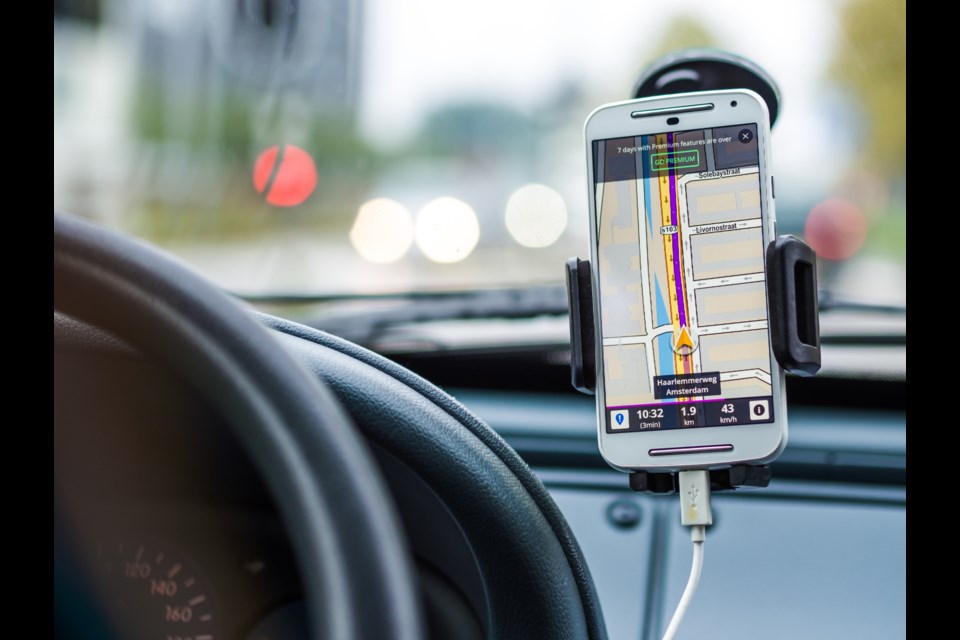Distracted driving presents in many forms whether a driver is answering a text message, changing the music or dealing with noisy passengers. Too many drivers put other motorists and pedestrians at risk by operating a vehicle while distracted, leading to thousands of deadly distracted driving cases every year. In 2020, the National Highway Traffic Safety Administration (NHTSA) reported more than 3,000 deaths from distracted driving crashes. No matter how urgent the task may seem – it can wait.
Distracted Driving 101
Distracted driving accounts for anything that takes a driver’s attention away from driving. Talking on the phone, changing the radio, using a navigation system, eating while driving are all examples of distracted driving. Any of these distractions can jeopardize your safety, your passengers’ safety, others on the road and even pedestrians. It is vital to exercise safe driving by keeping your hands on the wheel and eyes on the road.
Types of distracted driving
Manual distractions include an action that takes your hands off the wheel. This can be eating and drinking, searching through a purse, and adjusting the air conditioning or stereo which take your attention and hands off the wheel. Minimize these distractions by ensuring you are comfortable and ready for your drive before you get going.
Visual distractions are anything that diverts a driver’s eyes from the road, whether it be their central or peripheral vision. Checking the GPS, looking at your phone or billboard, and toggling between radio stations or music on the stereo can lead to a serious or even fatal crash. Avoid these distractions by pulling over to check directions, preparing a playlist beforehand and eliminating time spent looking at passing signs. Glancing away from the road in front for even one or two seconds can change things instantly.
Cognitive distractions are when a driver isn’t focused on driving. Talking to passengers, daydreaming, thinking about work or schoo and experiencing strong emotions such as anger or sadness are all examples of being cognitively distracted. Avoid multitasking and pullover if you are unable to focus to the road.
Distracted drivers, pedestrian accidents
Pedestrian accidents occur anywhere a pedestrian is present such as a parking lot, bus stop, sidewalk and more. According to NHTSA, the most fatal pedestrian accidents occurred in the following areas:
- Urban settings, 82%
- Dark conditions, 80%
- Intersections, 73%
Pedestrians are subject to worse injuries caused by distracted driving because they are not protected by any of the safety features present in a car, such as the vehicle structure, airbags and seat belts that reduce the severity of the impact. Committing to staying focused and eliminating distractions while driving can reduce the number of these avoidable collisions and lost lives.
David Shapiro is founder and attorney at Shapiro Law Team, formerly known as David Shapiro Law. They are dedicated to helping individuals who have suffered an injury due to the negligence of others. For more information, visit shapirolawaz.com.



